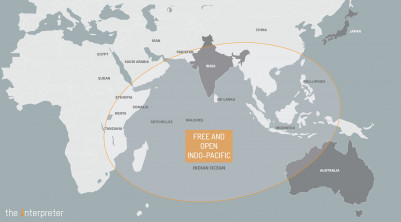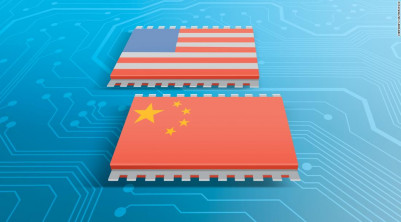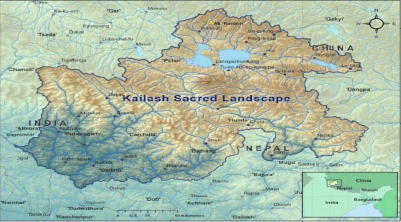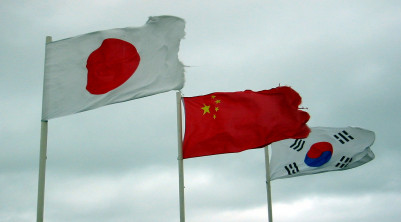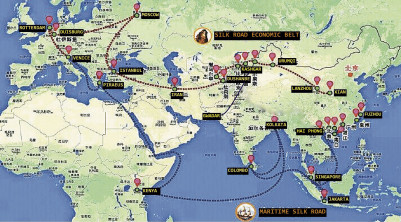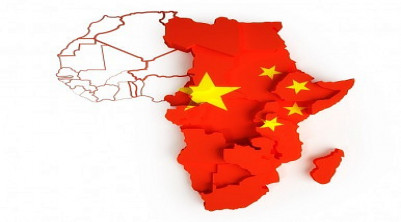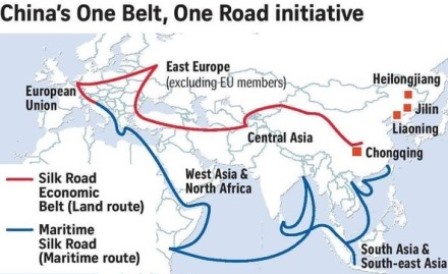The essay examines BRI in terms of China’s direct economic, political and domestic interests, the funding arrangements for its projects, including aid and loans, and the potential gains for the countries and the regions that are to participate in the connectivity and infrastructure oriented projects, including the maritime projects. It looks closely at the China-Pakistan Economic Corridor, and the possible connectivity gains that participating countries may obtain among themselves, suggesting that what is being created are ‘international public goods’, even if China has not yet engaged in participatory, comprehensive and equal dialogue among all that are current and potential beneficiaries of BRI actions.



